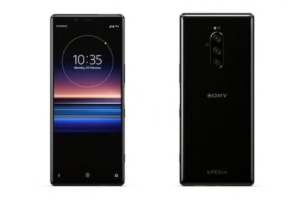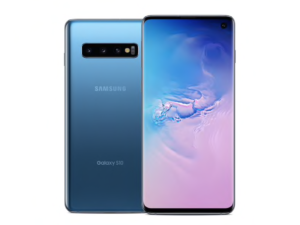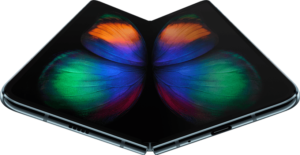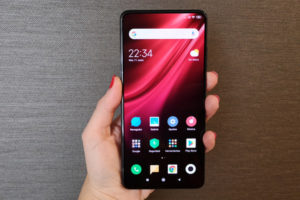Sony Xperia 1 Review
Highlights
- Massive 6.5 inch OLED display
- Unique screen size
- Great colour reproduction
- 21:9 aspect ratio
- 3840 x 1644 pixel resolution, 4k display
- 64/128 GB, 6 GB RAM
- Edge-to-Edge display
Introduction
The Sony Xperia 1 doesn’t play by the rules of iPhone, Galaxy S10 or Huawei P30 Pro. In the era where everyone is competing for a perfect notch-less edge to edge display, Sony Xperia 1 takes a different approach to the game by focussing on what the consumer wants. Let’s find out more about Xperia 1.
Price
Although Sony Xperia 1 is the latest flagship from the brand. But it hasn’t released the Xperia 1 in India as of now. Though according to some reports, we can see it launch at ₹ 79,999 in the 3rd week of August 2019.
Design
For starters, the Xperia 1 has a full edge-to-edge 4K screen with a 21:9 aspect ratio. That’s significantly taller than most smartphones on the market nowadays, allowing you to display much more of your social media feed, and watch the latest blockbuster movies without intrusive black bars above and below the screen. Apart from that, being a skinny phone, your hands will now be able to easily access the full-screen single handedly . Reaching the top of the screen with a thumb is now a completely different story. In terms of build quality, Sony Xperia 1 uses the latest corning gorilla glass 6 on both sides along with a robust aluminium frame and will be available in 2 colours – Black and Purple.
Display
With Xperia 1, Sony sports industry-first notch-less 4K HDR OLED display along with a uniques aspect ratio of 21:9. This also means that many Netflix films will now look stunning with no letterboxing or cut-off. Moreover, thanks to its 4k Resolution, clocking in at 1644 x 3840 pixels, the Xperia 1 is sharp, delivering over 643 pixels per inch (PPI).
Camera
Sony has always been a leader in the game of camera quality. Moreover this time it also has adopted the triple-lens system for Xperia 1. All the 3 lenses (wide, ultra-wide and telephoto) have 12 Mega Pixels. This time what sets Sony apart is its cinema pro app which is an alternative video recording tool for those who have an interest in shooting cinematic video. This app also allows user control a lot of features once reserved for professional video shooting. You can change the shutter speed, base point marker, frame rates or even choose either to shoot in 16:9 or 21:9. Furthermore, you also have the option to disable image stabilisation in case you want to use more professional alternatives such as tripod or slider.
Features
Powered by snapdragon 855, 6 GB RAM and 128 GB internal storage you get plenty of space for all your photos and videos. Moreover this time Sony has still kept the expandable microSD card slot which can give you a boost of up to 1TB storage. With dolby atmos, the sound quality of Xperia 1 is fantastic and combining it with Sony’s HDR 4K display, the movie-watching experience becomes truly immersive. The only thing which seems to be missing now is a 3.5 mm headphone jack which now uses an adapter to connect. In terms of battery life, Sony has a 3,330 mAh battery along with an 18W fast charger. Though I think for shooting 4K content it seems a bit less, However for day to day tasks like watching movies and gameplay it works fairly well. Overall the Xperia 1 is an interesting smartphone that dares to do something different than the competition and can be considered as the most versatile smartphone when it comes to photos and videos in my opinion.
Key Specifications –
- Screen – 6.5-inch OLED Display at 1644 x 3840 resolution
- Processor – Qualcomm SDM855 Snapdragon 855, Octa-core
- Memory – 64/128 GB, 6 GB RAM with expandable microSD storage upto 1 TB.
- Rear camera – 12 MP + 12 MP + 12 MP (wide + telephoto + ultra-wide)
- Front camera – 8 MP HDR lens
- Battery – 3,330 mAh
- Charging – Fast battery charging 18W
- Software – Android 9.0 (Pie)
- Biometric security - Fingerprint (side-mounted)




